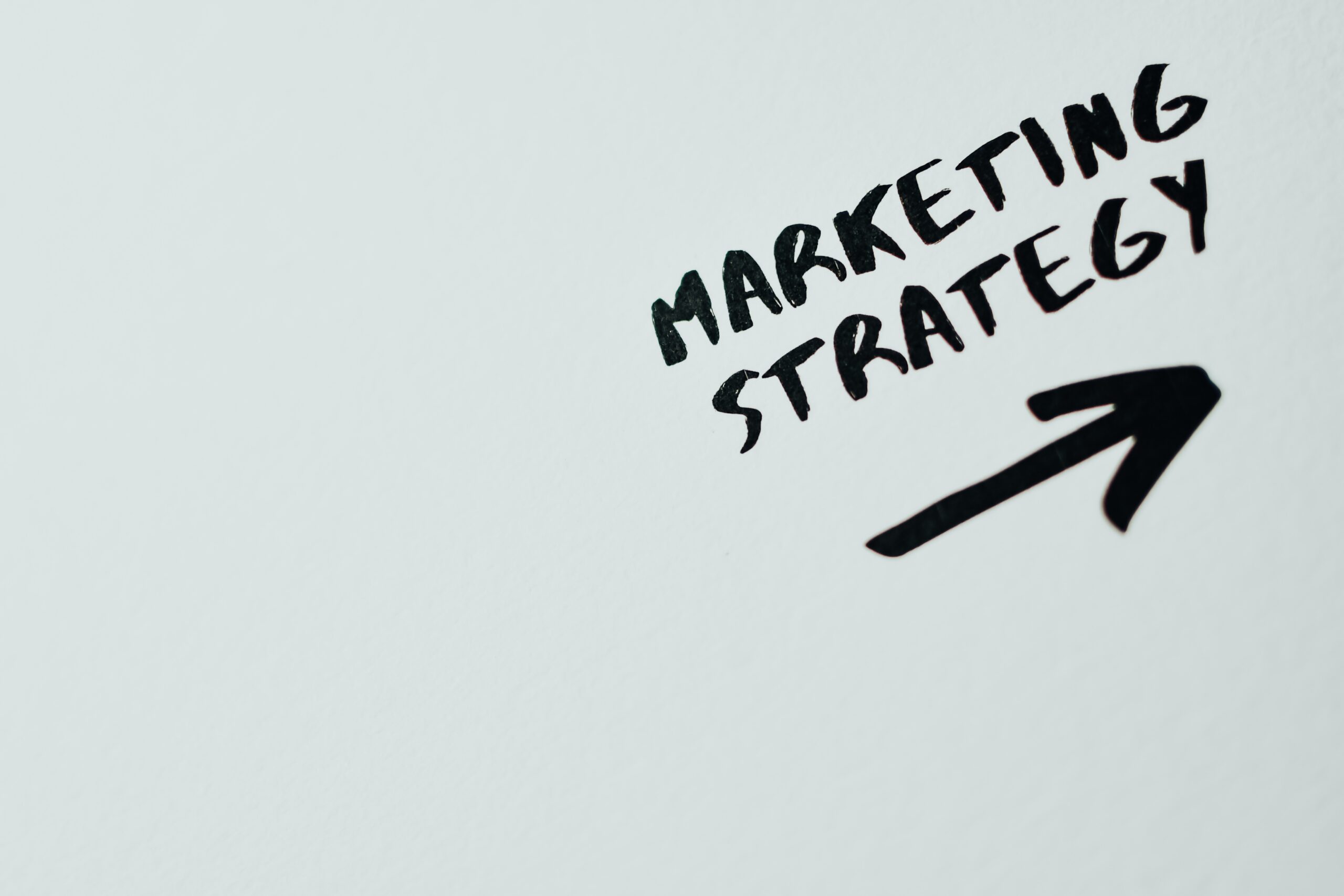5 Keys to a Successful Video Marketing Strategy
Video marketing is becoming an increasingly popular way to reach new customers in a large audience. In order to make the most of this powerful medium though, you need to have a good strategy in place. Having a good marketing strategy for all your video content will help you in the long run to get your videos views and to connect with your viewers. Marketing strategy is not a one-time event, but an ongoing process that should be revisited and tweaked as needed. The five keys to success are:
- Know Your Audience
- Create Quality Content
- Include your Brand Identity
- Utilize your Social Media
- Measure Your Results
Know Your Audience
Who are you trying to reach with your video? What do they look like? What are their spending habits? Do they have a family? The more specific you can be when picturing your perfect customer, the better. Then, whenever you go make your video content, make it for them as if they’re the only ones who are going to watch it.
Knowing your target audience is essential in order to create content that resonates with them. Once you know who your audience is, you can start to create content that they like and will connect with.
Create Quality Content
It’s important to create videos that are high quality and informative. This is what will keep viewers coming back for more.
I like to do a test whenever I create a video and ask myself, “Would I watch this and for how long? At what point do I begin to become disinterested in the video?” When your viewer becomes disinterested in the video, that’s when you lose them as a customer and so you want to create quality content so they’ll stick around to the end.
Don’t just create one quality video but create a lot of quality content. If you have a lot of quality content on your YouTube Channel, Facebook Business Page, etc., it will attract people to your broader channel as a whole and not just to that one video.
Quality content is the main key to a successful video marketing campaign and the more you’re able to produce the better. Viewers will only keep coming back if you consistently produce interesting and informative videos. So make sure to invest the time and effort into creating great content.
Include Your Brand Identity
Your video should be reflective of your brand identity. This means using the same logo, colors, and fonts that you use in other marketing materials.
Beyond that, think about what your brand stands for or what your mission statement is. What is it that you help people do or achieve or become?
Many companies and small businesses have little buzzwords and phrases that they use and these are perfect to sprinkle throughout your video. That way, whenever they come to your business, no matter who they speak to, there will be a sense of familiarity.
I always suggest companies should have a brand awareness video. It doesn’t need to be long or very detailed, but provide a quality short video explaining who you are and what you do. All you have to do is answer the question of how you help people.
If you can include your story of how you came to be, tell that story. But the goal of this video is to help people know right away what your brand is and what you do.
Utilize Your Social Media
Use social media to spread the word about your video. This is a great way to reach a larger audience and get people talking about your brand. So many people are on social media and you don’t know how people will respond if you don’t share it.
The people who follow your company on Twitter, Instagram, LinkedIn, and Facebook will definitely view and engage with your video if you share it. If they believe in your brand and think the content of the video is good, they will be more likely to share it to people that they’re connected with. So share your video once or twice and see where it goes.
I would recommend scattering how you share it. There are metrics you can study and tools you can use to see when is best, but don’t just blast everything at 9am one day and forget about it. Instead, sprinkle it across all platforms at different times.
For example, share the video on your Facebook page at 9am on Tuesday and post it to your Twitter at 1pm a few hours later. On Wednesday at Noon, put it on LinkedIn and later that day around 5pm share it to your Instagram. This way, people will see it multiple times and those who didn’t interact with it the first time they saw it, will have a few more chances.
Lastly, study where people are viewing and engaging it the most, and I would say about a week or two later, re-share it again on that platform one final time. This is one way to measure your results.
Measure Your Results
Finally, it is important to measure the results of your video marketing campaign. This will help you determine what is working and what needs to be improved.
Are most people watching your videos on Facebook but not on YouTube? Then maybe you should make videos better designed for Facebook.
Or maybe your audience is only watching the first 40 seconds of your video but not watching the last 2 minutes. Maybe this means to make your videos shorter and to make the point faster and stronger.
Another thing you can measure is the comments and what they’re saying. If your audience seems to be asking a question about your product or service, create a video answering or addressing the question. You already know that there’s a demand for an answer, so people will be likely to watch it.
No one really likes criticism, and there are a lot of trolls on the internet who don’t have valid points. However, every so often we can learn from the negative comments. I have seen videos where people leave comments such as “The music was distracting.” or “We can’t hear you.” Those are comments that you can use to your advantage to make your next videos better and more effective.
The Takeaway
Marketing strategy is a long-term effort that should be revisited and modified as needed. Remember the following five key factors when developing an effective marketing plan: Know your target audience, create high-quality content, include your brand identity, use social media platforms, and track results.

